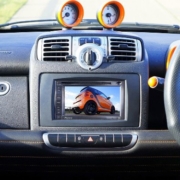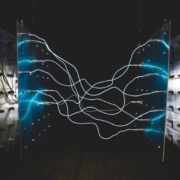I love side projects. They give me the opportunity to flex my creative muscles and tinker with tech like the Internet of Things (IoT) in new ways. Fortunately, I didn’t have to look far for my next one; a common conundrum for pet owners fueled this concept for an IoT dog collar.
My dog had been out in the backyard for a while. When I decided it was time to bring him back into the house, I couldn’t find him anywhere! After several minutes of searching and calling his name, I found him napping in the shade of a tree. If this scenario sounds all too familiar to you, then this post is for you!









 One aspect to consider while developing an IoT project is device power management. With the rise of the Internet of Things, the optimization of the battery-operated devices is an important aspect that can make a huge difference. Device power management in the IoT is a challenging task because a device could always be powered up and could be located everywhere. Often, IoT devices are located remotely and they must use a battery to work.
One aspect to consider while developing an IoT project is device power management. With the rise of the Internet of Things, the optimization of the battery-operated devices is an important aspect that can make a huge difference. Device power management in the IoT is a challenging task because a device could always be powered up and could be located everywhere. Often, IoT devices are located remotely and they must use a battery to work.
